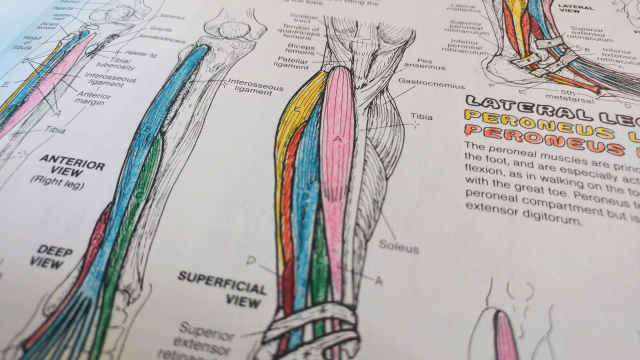Colouring can be relaxing and meditative, or a no-skills needed artistic expression. But it can also be a great way to learn something. Check out these books for learning about anatomy and nature while you meditate with your pencils.
Anatomy colouring books have long been an Easter egg in the “recommended but not required” section of your science class syllabus. The classic is the Anatomy Colouring Book by Kapit and Elson, and that’s my well-worn, half finished copy in the photo above. The same publisher also has books for botany, the human brain, zoology and microbiology. Colouring is a great way to learn anatomy because you have to pay attention to the shape and location of each muscle or bone or cell; you don’t just glance at the diagram and move on. These books also have you colour in the name of each thing in the diagram, which helps your memory.
If you’d rather colour things that are pretty in real life (because most things in anatomy are gooey and red; you’re just applying garish colours to help you tell one part from another), try colouring books based on field guides. These ones for butterflies, seashells, wildflowers and mammals all use realistic line drawings, and provide full-colour stickers so you can see what colours each creature is supposed to be. The Sibley Birds Field Journal works the same way (colour illustrations on the inside front colour) but some birders like to use it to record what they saw in nature: What their bird looked like, exactly, even if it’s different from the guide provided.

Comments